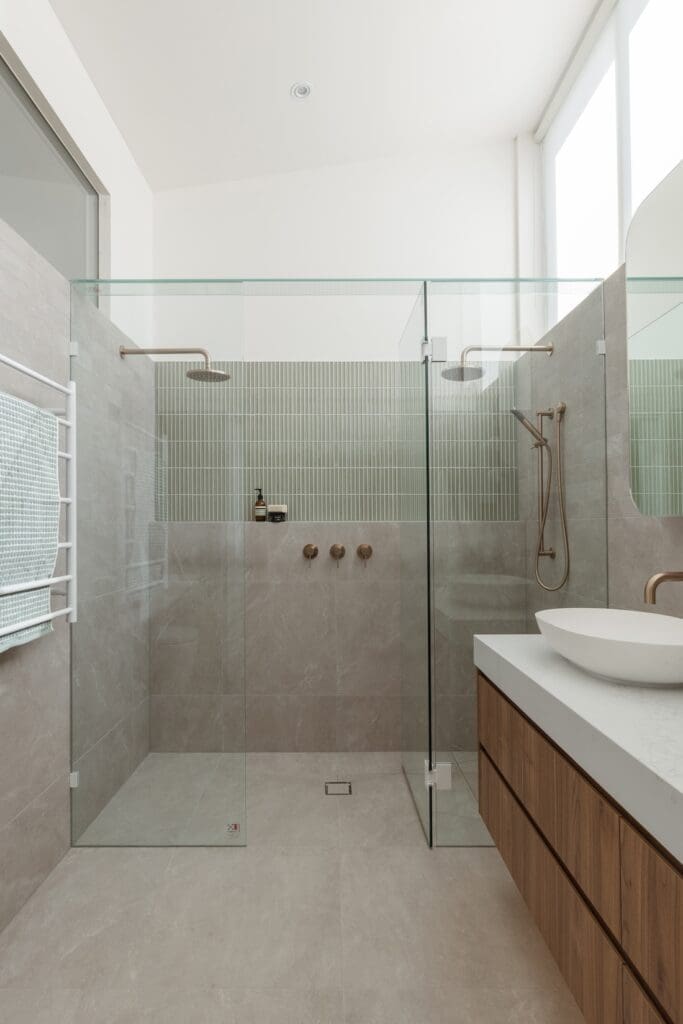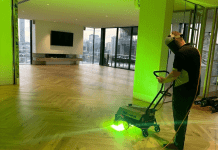You’ve just finished your grand renovation. Cue the celebration! The new kitchen sparkles, your living spaces flow beautifully, and maybe there’s a lush green nook out back for lazy weekends. But before you order new plants or style your shelves, there’s a detail that often slips through the cracks. Have you checked your home’s insurability since renovating?
Renovating can transform the way you live, but did you know it can also affect your home insurance? To help you rest easy and keep your sanctuary safeguarded, let’s walk through 5 key insurance questions every Aussie renovator should ask. It’s a must, whether you’ve taken on a whole-house transformation or just modified a few of your favourite spaces.
Related article: 17 genius home painting hacks that will change your life
Related article: What can cause bathroom tiles to crack?
1. Did my reno increase the home’s rebuild cost?
You picked marble benchtops, fancy tapware, and maybe splashed out on beautiful custom joinery. But all those gorgeous upgrades mean it could cost a lot more to rebuild your home now than pre-reno.
- Why it matters: Your sum insured (the amount your insurer pays to rebuild your home) needs to reflect the total replacement cost, not just what it used to be. If you’re underinsured, you might have to cover the shortfall.
- What to do: Add up costs for any structural changes, luxury materials, new rooms, or outdoor features. If you’re unsure about the value of the changes, ask your builder for a revised estimate.
- Action step: Contact your insurer and update your rebuild value. Review your policy documents line by line. Now’s the time to get precise. For a customised policy that can easily be updated as your property’s value changes, consider contacting NRMA Insurance.
2. Are my new features covered or excluded?
Here’s a scenario: you’ve added a plunge pool, decked out the outdoor kitchen, or transformed the shed into a dreamy studio. Are these extras automatically included in your policy?
- Decks, patios, and new rooms: These often need to be listed specifically on your policy, especially if they increase your home’s footprint.
- Sheds, granny flats, and studios: Outbuildings sometimes fall outside standard cover, especially if they’re rented out or used for business.
Top tip: Take photos and create an inventory of the new additions, from splashbacks to balustrades. Provide details to your insurer to make sure you’re fully covered, especially after an extensive renovation or new build.
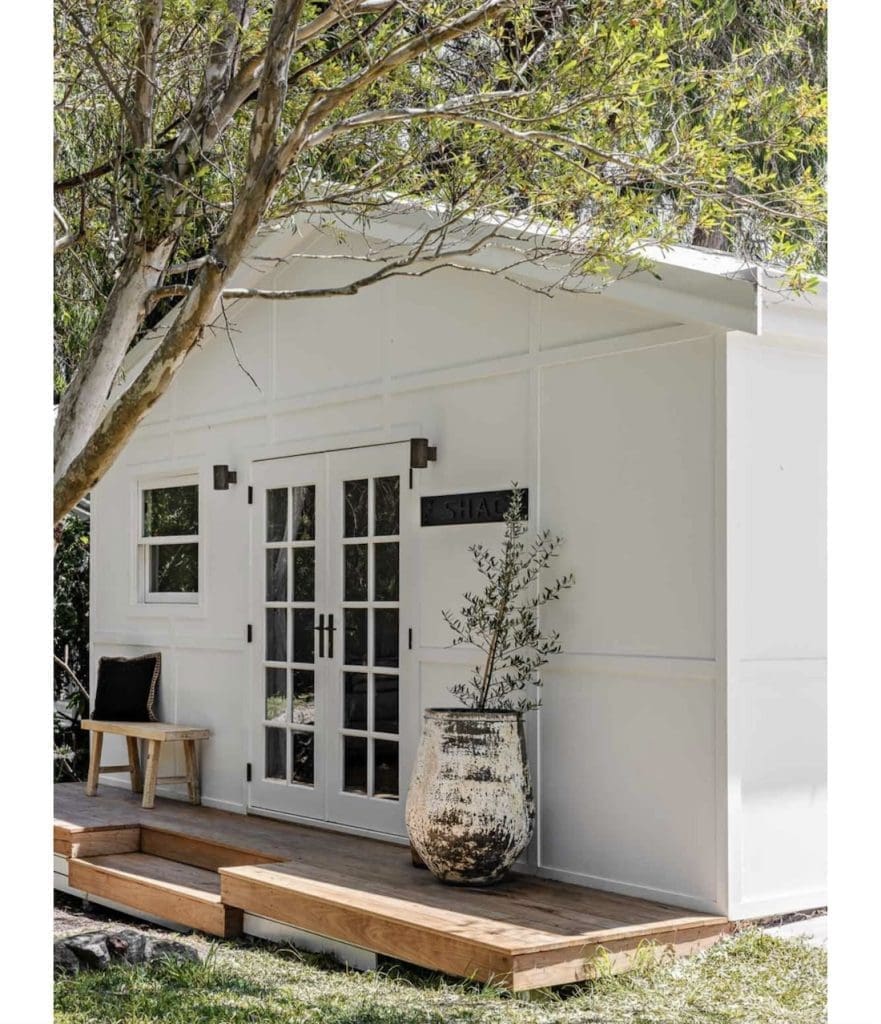
3. Did I tell my insurer about my reno?
A common mistake is assuming small updates don’t matter, or that you only need to notify an insurance company when the paint’s dry. In reality, even a minor bathroom update can impact your policy, especially if it affects home value.
- During works: If you’ve lived elsewhere during a reno, or part of your home was unoccupied, your policy may have clauses about vacancy.
- DIY jobs: If you’ve tackled some projects yourself, check for policy conditions. Sometimes these need to be disclosed too.
- Compliance: Insurers expect your reno to meet building codes and safety standards; non-compliance can void future claims.
- Underground utilities: If your project required excavation, be sure utilities were marked before works began. Using private utility locating services.
Remember, simply keeping your insurer updated about your reno project will ensure your home is properly covered if you’re forced to make a claim. A quick telephone call could end up saving you a lot of money.
4. Are my home contents still properly protected?
Renovations change more than flooring and walls. They often mean refreshed appliances, upgraded furniture, and a few treasured art pieces. Your contents policy should keep up with these changes too.
- Update your inventory: List every major new item and keep receipts or document with clear photos.
- Check contents limits: Some policies have value caps per item, so the new designer sofa or artwork may need extra cover.
- Special inclusions: If you’ve created a home office, gym, or even a wine cellar, these often fall into special categories. Mention them to your insurer.
Quick win: Keep digital copies of receipts and save photos of your new items. A simple step, but a lifesaver in a claim scenario.
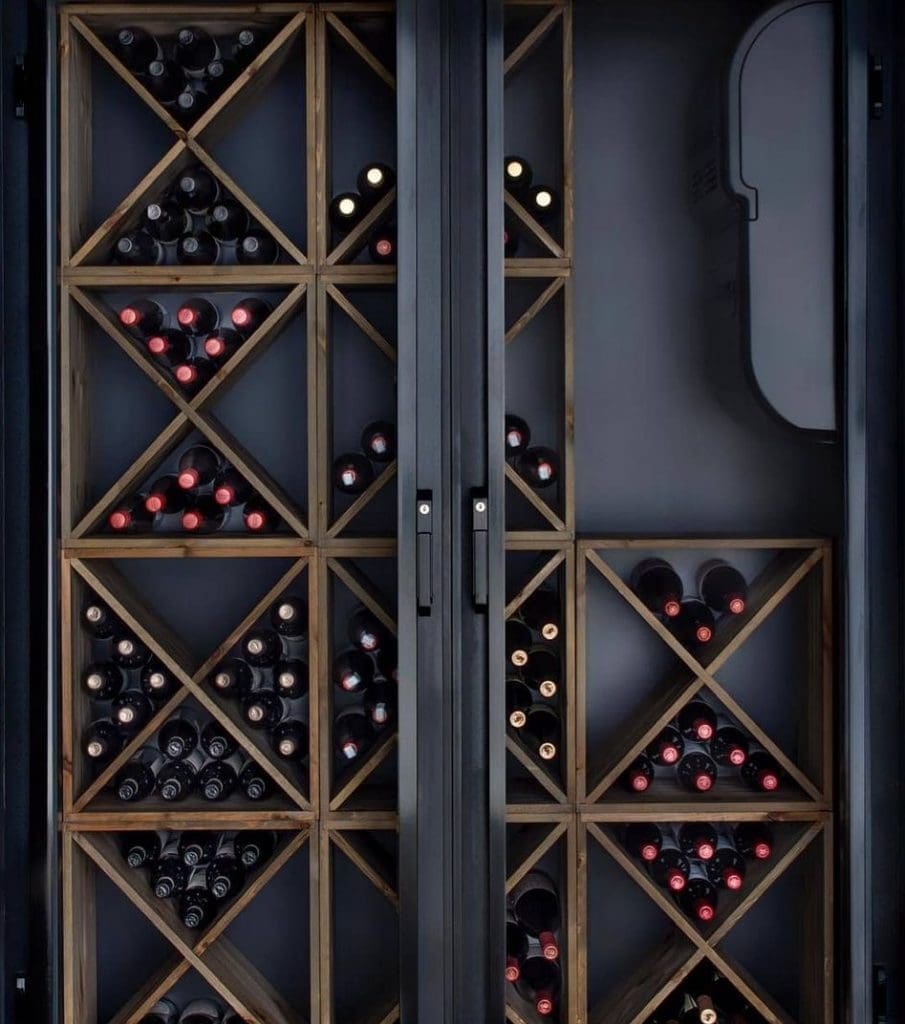
5. Do I have the right cover for renovation risks?
Even after the dust settles, renovation creates ripple effects. A new style of windows can introduce higher burglary risks, French doors may up bushfire exposure, and new tech might require specific coverage.
Here’s where you’ll want to check if you need:
- Owner-builder cover: If you did the work yourself, special insurance might be required for latent defects.
- Updated flood/fire risk grading: Council works or landscaping can shift exposure.
- Temporary accommodation: Will your policy pay if an accident makes your home unliveable during or after renovations?
If you’re uncertain, a quick chat with your insurance provider will help clarify things.
What happens if you skip these checks?
Insurability isn’t about being over-cautious — it’s about future-proofing your investment and, most importantly, your peace of mind.
- Claims may be denied if your reno wasn’t disclosed.
- Payouts can fall short if your sum insured is outdated.
- Unexpected out-of-pocket costs can sting if prized new inclusions aren’t covered.
Renovation is hard work, and protecting the end result is crucial. Taking the steps outlined in this guide means that after your next project, you can kick back, admire your hard work and rest easy knowing that your stunning new home is fully protected.
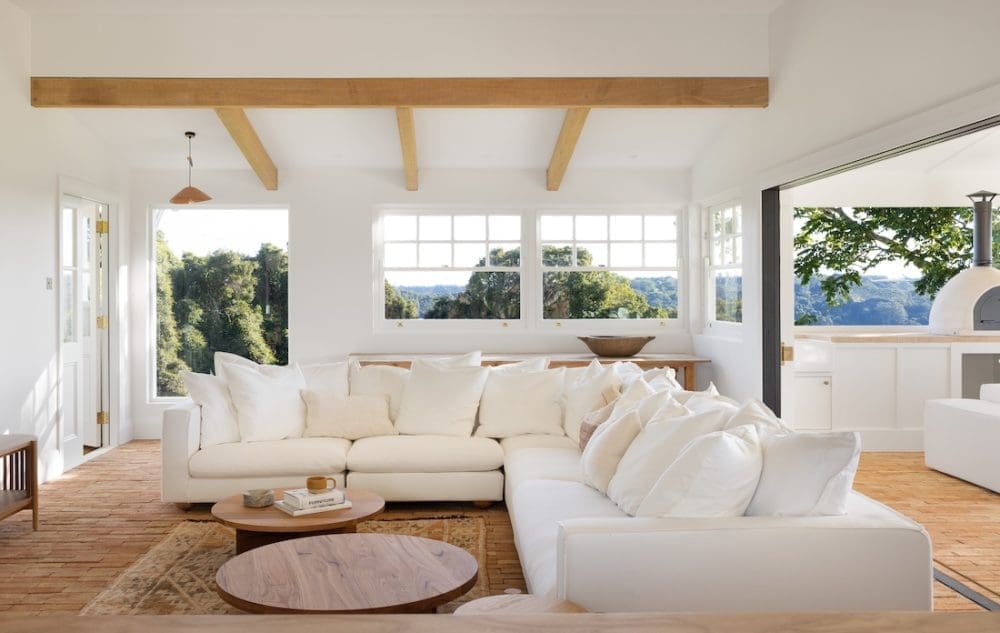
Planning a reno with insurance in mind
Dreaming up your next project already? Here are a few quick-fire tips to help make your home not only beautiful but easy to insure:
- Get permissions and approvals lined up first: Councils and insurance both expect certified work. For more information, view the Australian Government’s renovations guide.
- Keep a reno diary: Track what was changed, when, and by whom.
- Work with licensed pros: This can help avoid future claim headaches.
- Store digital plans and finishes lists securely: Cloud or email is your friend!
If you’re stuck for ideas on where to start next, browse our DIY renovation projects for inspiration to turn your house into a home.


